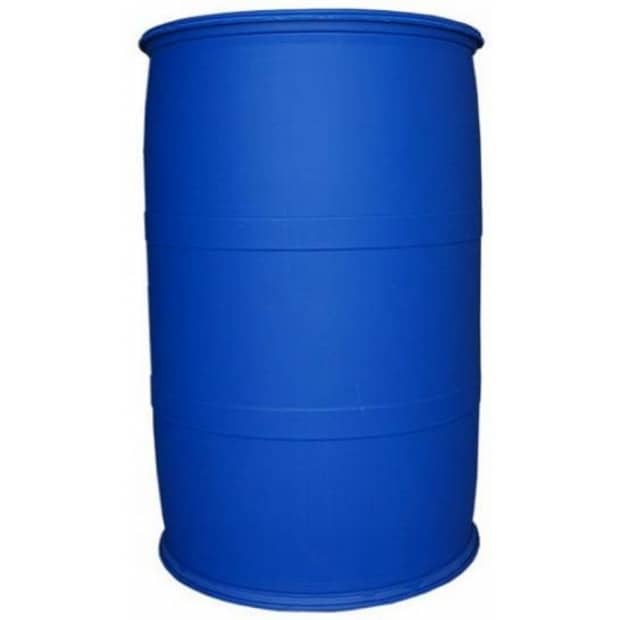Others
DETAIL
The low surface energy of silicones may be explained by their structural characteristics. For example, dimethicone contains a siloxane backbone (high surface energy) with pendant methyl groups (low surface energy). It is believed that the methyl groups are the predominant species present at interfaces (or the surface), allowing the low surface energy portion of the molecule to dominate its interactions. Further, it should be noted that methyl groups contribute to lower surface energy than methylene groups. This would explain why most oils (dominated by methylene groups) are higher in surface tension than silicones, such as a dimethicone, which contain mostly methyl groups.
From a structural standpoint, dimethicone is one of the simplest molecules of the silicones, yet it still remains a very popular molecule that is utilized in a variety of cosmetic formulations. The backbone of dimethicone is very flexible due to the freedom of the pendant methyl groups to rotate about the Si-O bonds. As a result, it has a relatively low glass transition temperatura (Tg).2

